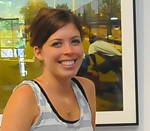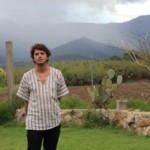
Stehpanie Sherman

Abigail Satinsky
Common Field -- Where Arts Organizers Convene, Exchange, Vision
Posted by Sep 05, 2014

Stehpanie Sherman

Abigail Satinsky
Arts organizers face a unique set of problems, probably similar to that of a circus ringleader. You need diplomacy, imagination, creativity, flexibility. You also have to be incredibly practical - managing budgets, funders, logistics. You’re often working with volunteers and supporters who need to receive non-economic benefits and feel engaged and excited. Communication is key.
First, what is “the field” we’re talking about? Artist-run spaces, experimental venues, artists creating platforms and opportunities for other artists, and organizations that put supporting artists’ work at the heart and center of their mission. We operate across a wide range of organizing principles - from being a 501(c)3 organization to a co-operative or collective, from long-running institutions to short-term projects - but we all struggle with a similar set of questions. Why is supporting experimental visual art practice important? Who are our audiences and partners? What are our tactics and strategies? What does sustainability look like? How can articulate more broadly the values and impacts emerging from this work?
Read More

 Jennifer Lantzas
Jennifer Lantzas

 Jennifer Lieu
Jennifer Lieu

 Felipe Sanchez
Felipe Sanchez

 Alex White-Mazzarella
Alex White-Mazzarella




